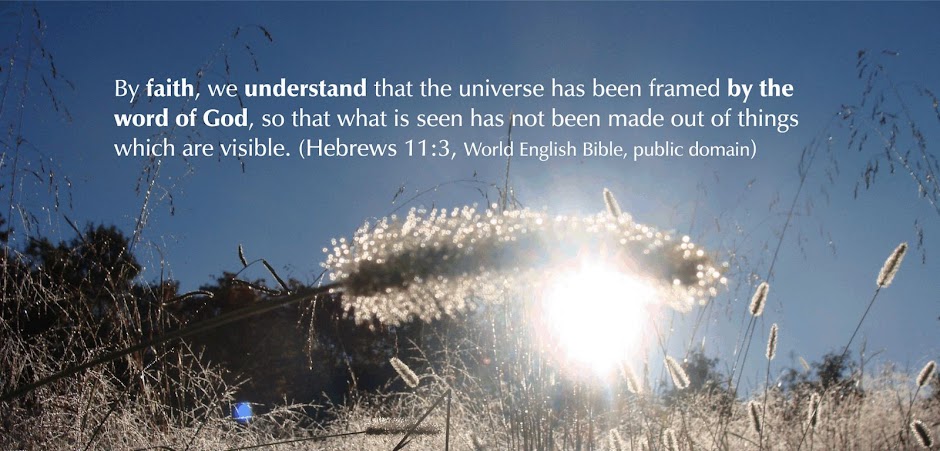There is a phrase of facile liberality uttered again and again at ethical
societies and parliaments of religion: “the religions of the earth differ in rites and forms, but they are the same in what they teach.” It is
false; it is the opposite of the fact. The religions of the earth do not greatly differ in rites and forms; they do greatly differ in what they
teach. It is as if a man were to say, “Do not be misled by the fact that the Church Times and the Freethinker look utterly different, that one is
painted on vellum and the other carved on marble, that one is triangular and the other hectagonal; read them and you will see that they say the same thing.” The truth is, of course, that they are alike in everything except
in the fact that they don’t say the same thing. An atheist stockbroker in Surbiton looks exactly like a Swedenborgian stockbroker in Wimbledon. You
may walk round and round them and subject them to the most personal and offensive study without seeing anything Swedenborgian in the hat or
anything particularly godless in the umbrella. It is exactly in their souls that they are divided. So the truth is that the difficulty of all
the creeds of the earth is not as alleged in this cheap maxim: that they agree in meaning, but differ in machinery. It is exactly the opposite.
They agree in machinery; almost every great religion on earth works with the same external methods, with priests, scriptures, altars, sworn
brotherhoods, special feasts. They agree in the mode of teaching; what they differ about is the thing to be taught. Pagan optimists and Eastern
pessimists would both have temples, just as Liberals and Tories would both have newspapers. Creeds that exist to destroy each other both have
scriptures, just as armies that exist to destroy each other both have guns.
Orthodoxy, first published in 1908, by G. K. Chesterton, is in the public domain, and available from Project Gutenberg. The previous post in this series is here. Thanks for reading! Read Chesterton.

Musings on science, the Bible, and fantastic literature (and sometimes basketball and other stuff).
God speaks to us through the Bible and the findings of science, and we should listen to both types of revelation.
The title is from Psalm 84:11.
The Wikipedia is usually a pretty good reference. I mostly use the World English Bible (WEB), because it is public domain. I am grateful.
License
I have written an e-book, Does the Bible Really Say That?, which is free to anyone. To download that book, in several formats, go here.

The posts in this blog are licensed under a Creative Commons Attribution-NonCommercial-ShareAlike 3.0 Unported License. You can copy and use this material, as long as you aren't making money from it. If you give me credit, thanks. If not, OK.

The posts in this blog are licensed under a Creative Commons Attribution-NonCommercial-ShareAlike 3.0 Unported License. You can copy and use this material, as long as you aren't making money from it. If you give me credit, thanks. If not, OK.
Subscribe to:
Post Comments (Atom)
No comments:
Post a Comment